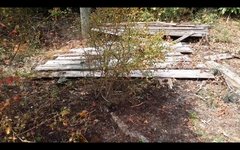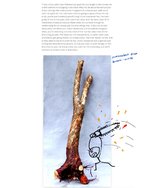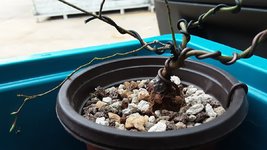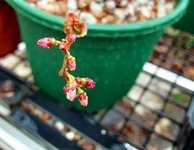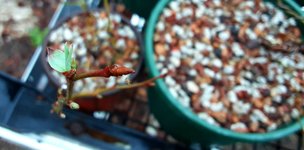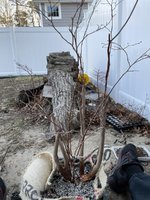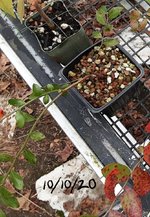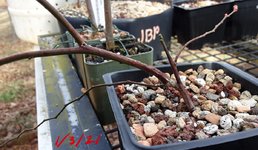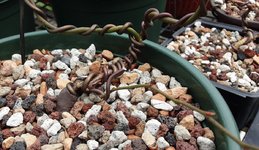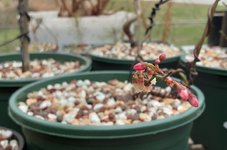One unique feature of southern highbush, is that they produce much more fruit with cross pollination. If possible, keep 2 different named varieties in your back yard.
With northern highbush, there are 3 sizes of berries, the largest berries will have been pollinated with pollen from a different named variety. Solitary bees, mason bees and carpenter bees most commonly do this cross pollination. The "average" size berries will be from self pollination. Bumble bees are the "buzz pollinators" that vibrate the flowers as the forage for nectar, and most often end up self pollinating the flower. The smallest berries usually are from flowers that did not get pollinated. Blueberry flowers that don't get pollinated can form small, seedless fruit.
Curiously, honey bees are not very efficient pollinators of blueberries. They just don't do the job very well. Solitary bees, especially carpenter bees and mason bees are the most effective, and bumble bees are a close second. These are all our native bees.
With southern highbush, you need at least some cross pollination to get yields similar to northern highbush. They do not form as much fruit if they don't get "outcrossed".
Bees commonly fly a radius of 1/4 mile in their foraging, so any pollinator within 1/4 mile will be "good enough" to have fair number of berries. In theory, bees will wander 2 miles to forage, but for cross pollination you really want your 2 varieties within 1.4 mile of each other. Closer is better.
 ive been over on zack's bonsaisouth for years, so i tried not to do anything he wouldn't do, as he's had a lot of success collecting vaccinium for bonsai. hopefully it makes it.
ive been over on zack's bonsaisouth for years, so i tried not to do anything he wouldn't do, as he's had a lot of success collecting vaccinium for bonsai. hopefully it makes it.

